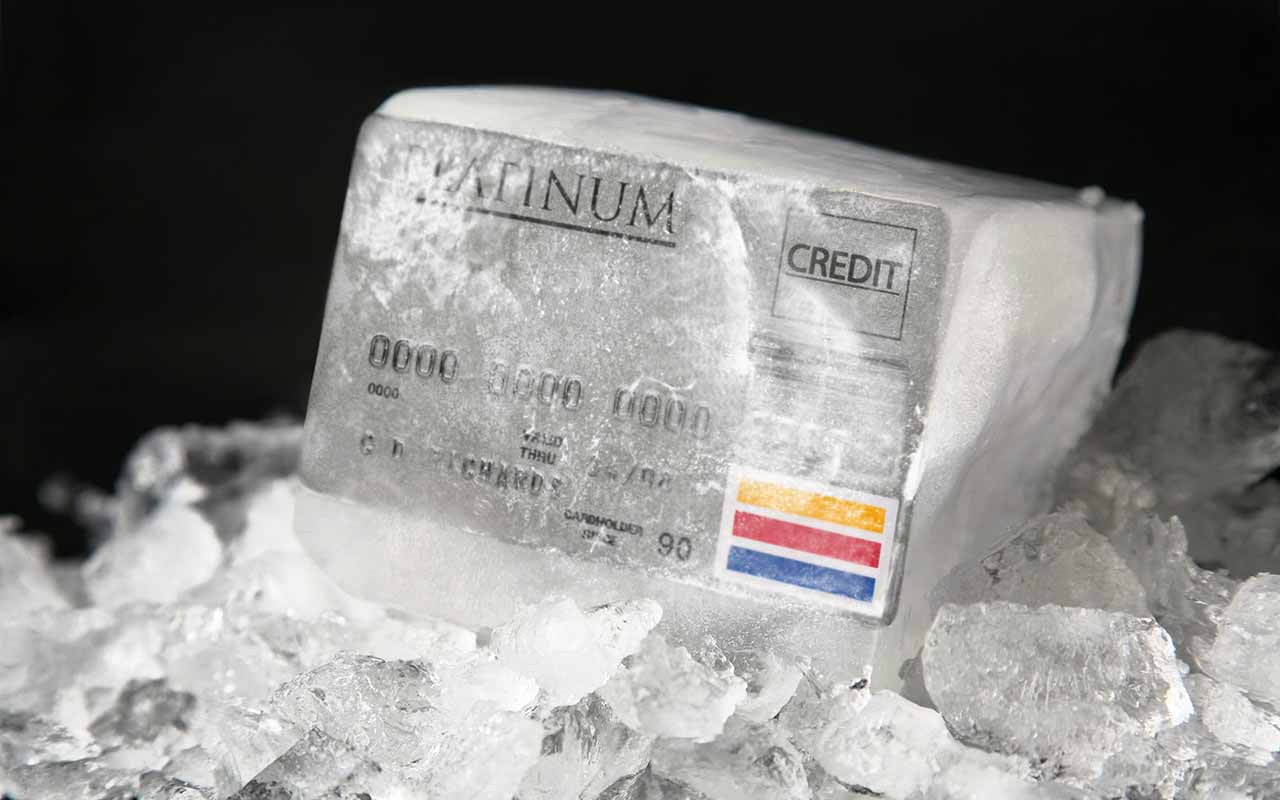How to Thaw a Credit Freeze — and Why You Would
As you shop for a loan or credit card, you must open up access to your credit reports.


A credit freeze can be a pivotal step to protect yourself from identity theft.
When you have a freeze on your credit reports, lenders can’t view them in response to an application for new credit — and that helps prevent criminals from opening credit card or loan accounts in your name.
But as long as a freeze is in place, you can’t access new lines of credit either.

Sign up for Kiplinger’s Free E-Newsletters
Profit and prosper with the best of expert advice on investing, taxes, retirement, personal finance and more - straight to your e-mail.
Profit and prosper with the best of expert advice - straight to your e-mail.
(Note that you can still pull up your own credit reports when they’re frozen, and lenders can check your reports to manage accounts you already have with them. Additionally, certain other entities, such as employers who want to analyze a job candidate’s credit history or landlords who need to screen a potential tenant’s credit, may be able to access credit reports while a freeze is in place.)
If you’re preparing to shop for a loan or credit card, you can temporarily lift your credit freeze. Just as with placing a freeze, lifting it is free.
How to lift your credit freeze
If you need to lift your credit freeze, ask the lender or institution which credit report it checks. You may get away with removing the freeze at only one of the major credit-reporting companies rather than all three (Equifax, Experian and TransUnion).
If you expect to apply with multiple lenders, however — say, because you’re shopping for the lowest rate on a mortgage or auto loan — you may have to lift the freeze with two or more of the companies.
If you have online accounts with the credit-reporting companies, you can use them to thaw your freeze; log in to your Experian account, Equifax and TransUnion.
Alternatively, you can call Experian at 888-397-3742, Equifax at 888-298-0045 and TransUnion at 800-916-8800. You may need to verify your identity by answering security questions.
In response to online and phone requests, the credit-reporting companies must lift a freeze within one hour (usually, it happens right away).
If you want a written record of your request to lift a freeze, you can send the request by snail mail — but it will take more time than the other methods. (You’ll find mailing addresses for each of the credit-reporting companies here.)
You may have to include identifying documents, such as a copy of your driver’s license, Social Security card or a bill that lists your address, says Rod Griffin, senior director of public education and advocacy at Experian.
A credit-reporting company must lift the freeze within three business days of receiving your request.
When you temporarily lift a credit freeze, you can specify how long your credit report will be available to new lenders for review before the freeze automatically goes back into place. You could set the lift for a single day if you know the date the lender will perform a credit check.
Otherwise, you may want to arrange for the lift to last a week or two to make sure lenders have adequate time to review your report.
During the window that you don’t have a freeze enacted, you’re more vulnerable to identity theft in the form of criminals opening new credit accounts in your name. So you should be extra vigilant in monitoring your credit reports for signs of fraud.
You can get free weekly online reports from all three credit-reporting companies through AnnualCreditReport.com.
Note: This item first appeared in Kiplinger Personal Finance Magazine, a monthly, trustworthy source of advice and guidance. Subscribe to help you make more money and keep more of the money you make here.
Related content
Profit and prosper with the best of Kiplinger's advice on investing, taxes, retirement, personal finance and much more. Delivered daily. Enter your email in the box and click Sign Me Up.

Ella Vincent is a personal finance writer who has written about credit, retirement, and employment issues. She has previously written for Motley Fool and Yahoo Finance. She enjoys going to concerts in her native Chicago and watching basketball.
-
 Investing Abroad Could Pay Off — Here's How
Investing Abroad Could Pay Off — Here's HowCountries overseas are stimulating their economies, and their stocks are compelling bargains.
-
 Retire in Belize for Stunning Natural Beauty and Culture
Retire in Belize for Stunning Natural Beauty and CultureBelize offers miles of protected land and ocean, a rich mix of cultures and a chill lifestyle. Best yet — the income requirement is just $2K per month.
-
 The Top Fourth of July Fireworks and Celebrations Across America
The Top Fourth of July Fireworks and Celebrations Across AmericaFrom Boston to San Diego, these iconic celebrations light up the sky — and the spirit of Independence Day.
-
 Why Retirees Need a Budget, According to a New Retiree
Why Retirees Need a Budget, According to a New RetireeA new retiree explains why retirees need a budget.
-
 My First $1 Million: Air Force Veteran, 68, Duluth, Ga.
My First $1 Million: Air Force Veteran, 68, Duluth, Ga.Ever wonder how someone who's made a million dollars or more did it? Kiplinger's My First $1 Million series uncovers the answers.
-
 Your Home + Your IRA = Your Long-Term Care Solution
Your Home + Your IRA = Your Long-Term Care SolutionIf you're worried that long-term care costs will drain your retirement savings, consider a personalized retirement plan that could solve your problem.
-
 How to Choose a Mortgage Lender in Five Steps
How to Choose a Mortgage Lender in Five StepsNot all lenders are created equal — here’s how to compare offers, rates and terms with confidence.
-
 A Meteorite May Have Hit a Home in Georgia. Would Insurance Cover the Damage?
A Meteorite May Have Hit a Home in Georgia. Would Insurance Cover the Damage?In a rare event, a meteorite may have crashed through the roof of a Georgia homeowner. Here’s what home insurance would cover.
-
 My Car Was Stolen — Here’s What I Did and How You Can Protect Yourself
My Car Was Stolen — Here’s What I Did and How You Can Protect YourselfDon’t wait until it happens to you. Learn how to prepare for auto theft, protect your vehicle and respond quickly if your car is stolen.
-
 This Savings Account Earns You More Than $4,000. Here's How
This Savings Account Earns You More Than $4,000. Here's HowSee how a jumbo CD can help you reach your savings goals quicker.